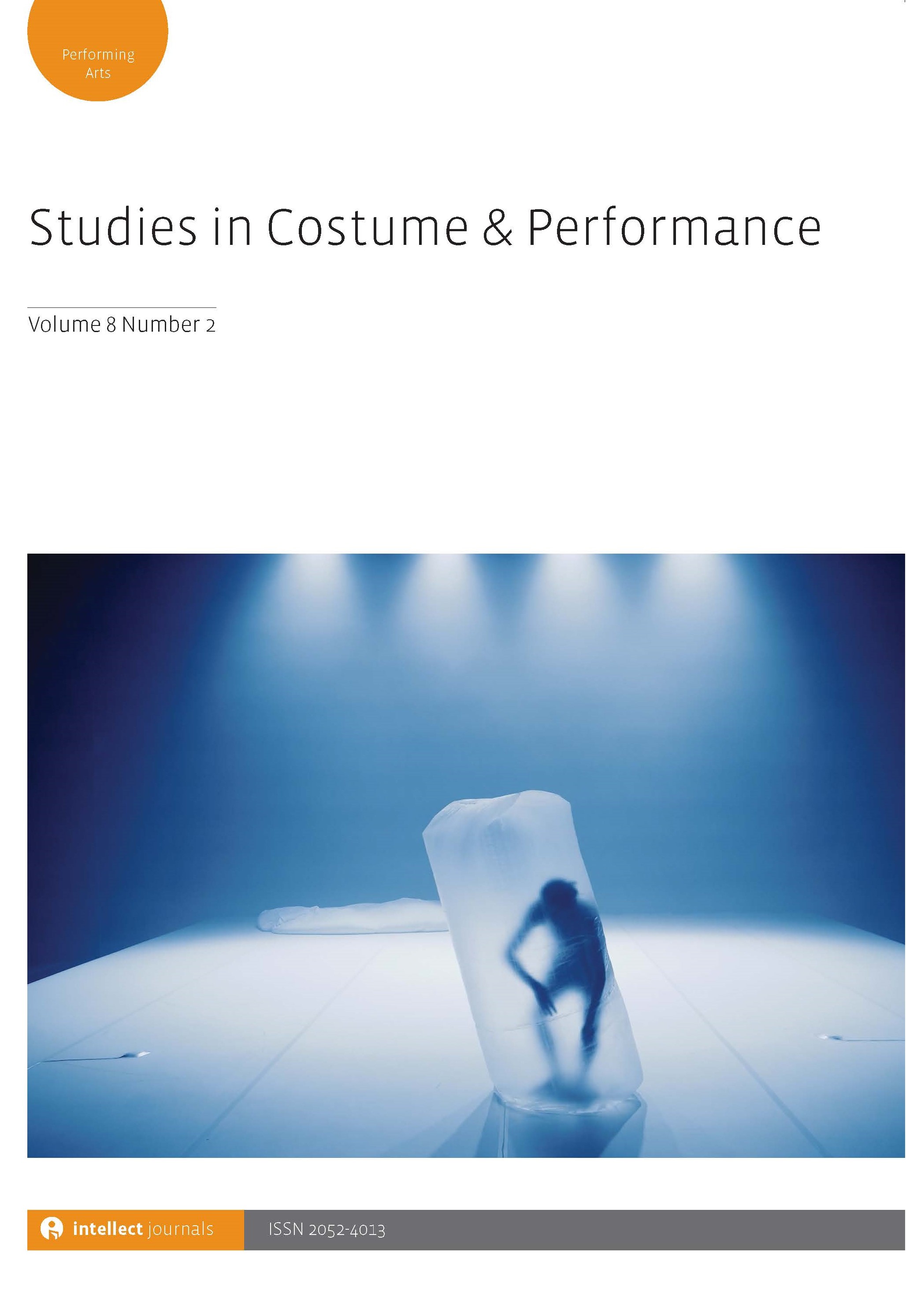
Full text loading...

Big heroine dramas (da nü zhu jü) – a specific category of Chinese costume dramas – have been popular recently, due to the big market of female audiences/consumers in China, and brought up fierce debates on feminism. The shows, written by female authors, are about the stories of powerful women in imperial China. A critical hypothesis here is that the shows combine the figuration of ancient, powerful women and a persona of neo-liberalist feminism. Why do audiences accept the anachronism of big heroine dramas, and how does historical authenticity become coherent with a modern narrative? With costume as an analytical corpus, this article involves the approaches of feminist theory, historical theory and costume studies. The costumes of big heroine dramas are a hybridity of authentic antique and imaginary design. They contribute to building up historical authenticity and the neo-liberalist ideas of power and hierarchy. Costumes thus become the field where the authenticity of the past folds with the reality of the present. Meanwhile, big heroine dramas rewrite an alternative history of powerful women for women audiences. The assemblage of historiography and modern feminist fiction offers rebellious narratives that disturb the state-advocated notion of heterosexual romantic relationships, marriage and family.

Article metrics loading...

Full text loading...
References


Data & Media loading...

Publication Date:
https://doi.org/10.1386/scp_00026_1 Published content will be available immediately after check-out or when it is released in case of a pre-order. Please make sure to be logged in to see all available purchase options.